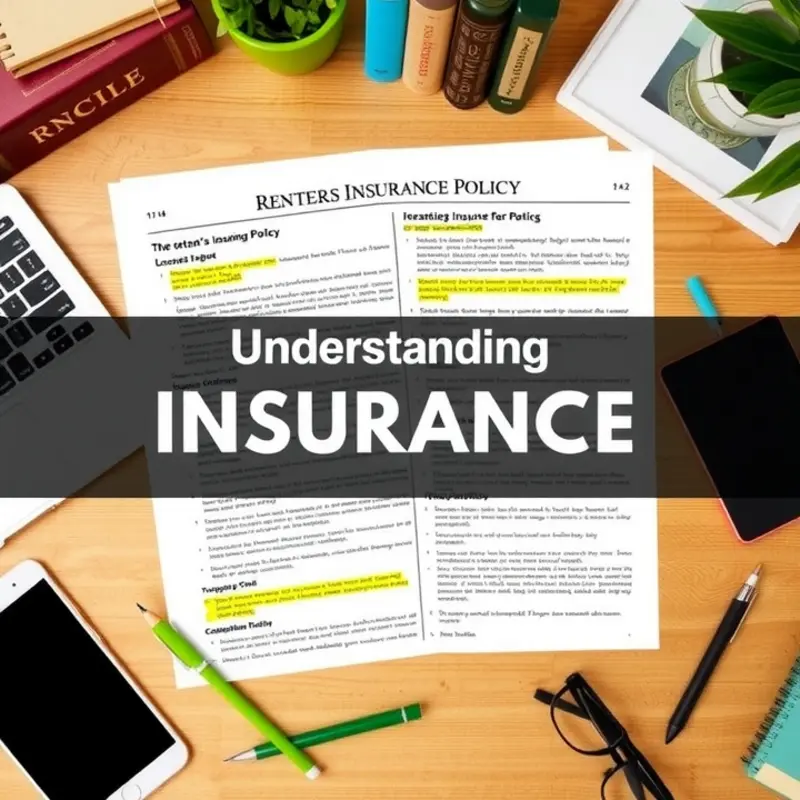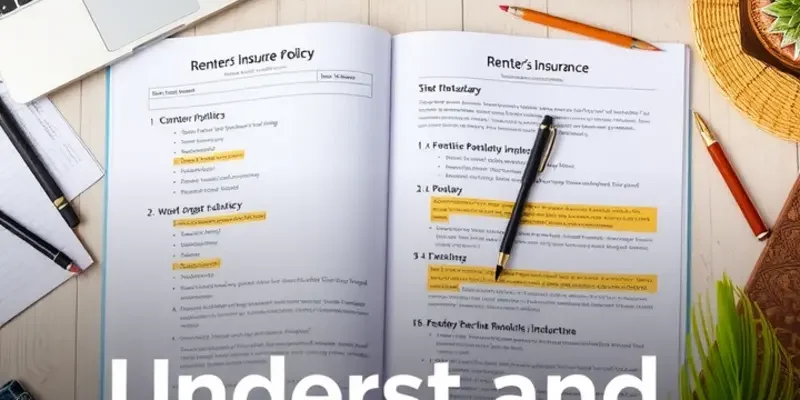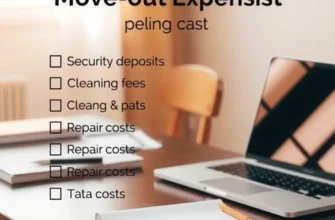Renter’s insurance is a crucial safety net, especially for young professionals, first-time renters, students, couples, and families. It provides coverage against unexpected events like theft, fire, or water damage, safeguarding personal belongings and offering liability protection. However, understanding how to navigate a claim can feel overwhelming. This guide simplifies the renter’s insurance claim process, ensuring you know what to expect and where to find help if you need it most. Knowing the ins and outs of your policy and the claims process can significantly ease any stress associated with claiming. As you embark on your renting journey, grasping these crucial tips will help you make informed decisions and protect your investments effectively. Let’s delve into practical strategies to streamline your claims experience and take charge of your renter’s insurance confidently.
Building a Strong Foundation: Understanding Your Policy

Familiarizing yourself with the details of your renter’s insurance policy is crucial. Before a claim arises, delve into the specifics of your coverage. This understanding sets the stage for seamless interactions with your insurer.
Begin with the basics of your policy: what exactly does it cover? The typical renter’s insurance includes personal property protection, which secures your belongings against risks like theft, fire, and water damage. Comprehending what qualifies as personal property could save you headaches later. Do your electronics, furniture, and valuables fall under this bracket? If you happen to own pricey items, check if a separate endorsement or rider is required for full coverage.
Next, consider liability coverage. This portion safeguards against claims if someone gets injured in your apartment or if you’re responsible for damage to others’ property. Knowing the limits of this coverage is as vital as securing your own valuables. It might be worth reviewing whether the default limits meet your needs or if an increase would provide peace of mind.
Every insurance policy has exclusions—scenarios where coverage does not apply. Be proactive in investigating these details. Policies usually omit flood zones or certain expensive collectibles unless you specifically add these protections.
Another essential aspect is keeping an updated inventory of your belongings. Detailed documentation can be a lifesaver during a claims process. Start by taking photographs and noting down the purchase dates and prices of your items. Numerous apps can assist in creating and maintaining a digital inventory list.
Understanding the nuances of your policy also involves knowing how the claims process works. When an incident occurs, time is often of the essence. Knowing the methods and timelines for reporting a claim can impact your reimbursement. Track your insurer’s process: from filing to repayment, familiarize yourself with each step. This preparatory effort could significantly reduce stress and waiting time.
In electronic and digital-savvy times, review your insurer’s preferred communication channels. Whether via mobile apps, online portals, or traditional phone calls, grasp how they prefer to interact with policyholders. This knowledge not only speeds up submitting claims but also helps in seeking clarifications if coverage terms are put to the test.
To bolster your understanding, consider learning about wider safety measures. For example, using apartment window safety film can proactively prevent injuries or damage, thus lessening the likelihood of needing to file a claim for such scenarios.
Effectively grasping the ins and outs of your renter’s insurance essentially turns it from a passive piece of financial safety into an active contributor to your peace of mind. By preparing beforehand, you create a robust response system ready to respond to any unwelcome surprises.
Navigating the Claim Process: Step-by-Step Guidance

Filing a renter’s insurance claim involves a structured sequence of steps that, if followed correctly, can result in a smoother process. The first and most critical step is promptly reporting the incident to your insurer. Quick reporting ensures that you comply with the policy conditions and reduce the risk of delays.
Once you’ve made the initial report, documenting the incident becomes your priority. Gather evidence such as photographs or videos of the damage or loss, and make a detailed inventory of everything affected. List each item, its current value, and, if possible, find any receipts or proof of ownership. For an effective organization, you might find it helpful to employ apps or digital tools to catalog these documents.
With your documentation in place, the next step is to fill out the claim forms provided by your insurance company accurately. Double-check your entries to avoid errors that could lead to delays. Attach all pertinent documentation to your claim form. This can include photos, receipts, police reports, or any correspondence associated with the incident. It’s crucial not to discard damaged items right away; keep them until your adjuster has had a chance to review them.
One common question is about the importance of retaining damaged property. By keeping these items, you ensure that the claims adjuster can evaluate them, which can substantiate your claim and lead to a more favorable settlement. Once the adjuster has completed their assessment and given you the go-ahead, you can dispose of the items.
Effective communication with your insurance adjuster is key to ensuring your claim is processed without unnecessary delays. When interacting with the adjuster, maintain a professional and cooperative demeanor. You can aid the process by asking for clarification on any part of the process you don’t understand and confirming timelines for updates or visits. Remember, the goal is to create a collaborative relationship, where each party understands the expectations and timeline.
For additional insight into organizing your home to prevent future incidents, check out some apartment fridge organization tips. These tips not only help prevent potential claims but also simplify your living space, making incident documentation easier.
A strategic approach to managing insurance claims doesn’t just resolve incidents efficiently—it also builds a foundation of trust and reliability with your insurer. By following these steps and maintaining clear communication, you’re well-equipped to navigate the often complex claims process with greater confidence.
Final words
By understanding your renter’s insurance policy and the claims process, you can protect yourself and your belongings with confidence. The more informed you are, the easier it becomes to navigate challenging situations. Keep an inventory of your possessions, maintain regular communication with your insurance provider, and don’t hesitate to seek guidance when needed. Armed with the right tips and knowledge, managing your renter’s insurance claims will feel less daunting. Remember, being proactive is key: the sooner you act, the smoother the claims process will be.









